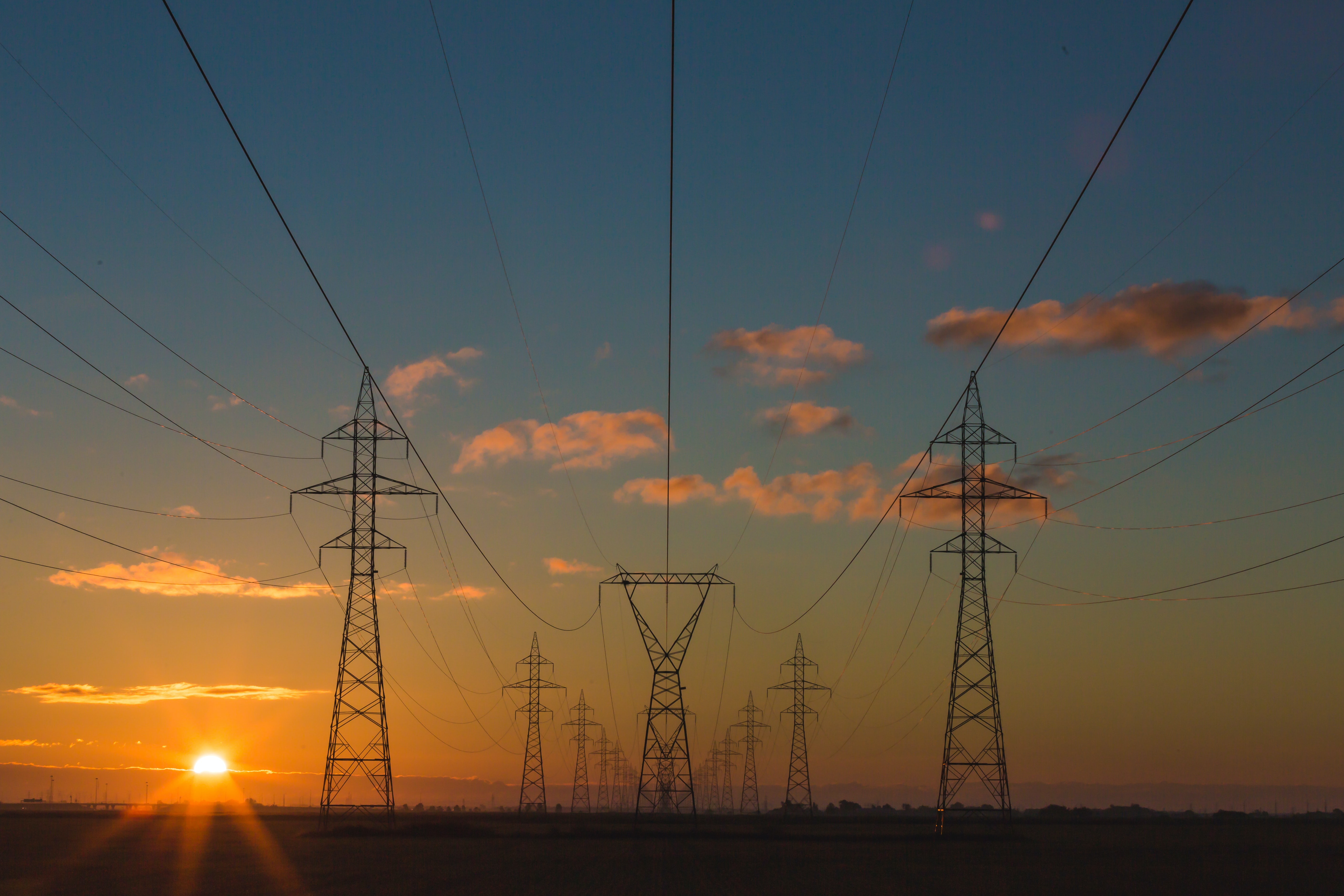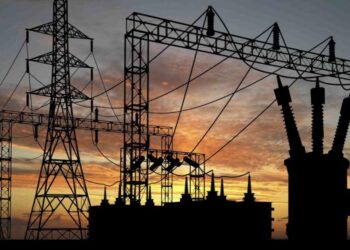Data obtained by Nairalytics, the research arm of Nairamtrics, shows that power supply across the country dropped significantly between September and October 2022.
In July 2022, the power supply was at 86,222 MW/h. In August 2022, the power supply was at 93,184 MW/h. In September 2022, the power supply was at 94,557 MW/h and so far in October 2022, the power supply is at 88,388 MW/h.
Recommended Reading: TCN to boost Nigeria’s power supply
The data from Nairalytics shows an 8.07% increase in power supply between July and August 2022. The figures show a 1.47% increase in power supply between August and September 2022. Meanwhile, the data also shows a 6.52% drop in power supply between September and October 2022.
Barely a month ago, Nigerians were celebrating a rise in power supply and Nairametrics reported that rising sea/lake levels (hydropower) were responsible for the steady power supply. However, as Nigerians prepare to exit the rainy season, the reality of a subpar power supply capacity may start to set in.
On September 26, Nairametrics reported a nationwide blackout as a result of the national grid collapse.
However, during a September 18 media briefing on the federal-owned Nigerian Television Authority (NTA), the federal minister of power, Abubakar Aliyu said the national grid never collapsed under his watch.
He said despite challenges in the power sector, his ministry will not leave anything to chance when it comes to a power supply. He also said once something collapses, it takes time to resuscitate it, unlike the national grid. He said it should instead be called a grid disturbance, which we have experienced five times, not seven times, as of mid-September.
He said: “The grid stands, but when something affects it, certain power plants could shut down and take away some quantity of electricity abruptly and once that happens, the grid would wobble. The frequency will change and for the grid to be safe, it will sense that frequency fluctuation and it will start shutting down, the plants will shut down the whole grid will shut down.
“When that happens, our engineers and the control center, will isolate that particular problem area and immediately, about 30 minutes, we will start returning the grid power, The grid has never stayed off for that long that it should be termed grid collapse.”
Recommended Reading: Incessant grid collapse continues
Going forward
- The Transmission Company of Nigeria (TCN) has disclosed plans to boost Nigeria’s power supply to the national grid by 817 Megawatts (MWs).
- The project is called the Abuja Feeding Scheme and is funded by the French Development Agency. The project will add five transmission substations, 143 kilometers of 330 Kilo Volts (KVs), and 81 kilometers of 132 kV transmission lines to Abuja.
- In September 2022, the Nigerian government and the French Development Agency signed a Є25m grant to provide more than 800km of 330 kV double circuit transmission lines and construct or upgrade 13 substations in Nigeria’s Northwestern states.
What you should know
- Nigeria’s power generation peaked at 5,043.4MW on Thursday, 1st September 2022, a significant improvement from the peak of 4,664.1MW recorded on Wednesday, 31st August 2022.
- Also, on the first day of September, a total of 102,875.3MWh of energy was generated, while 101,630MWh was supplied, representing 98.8% of the total generated electricity.


























